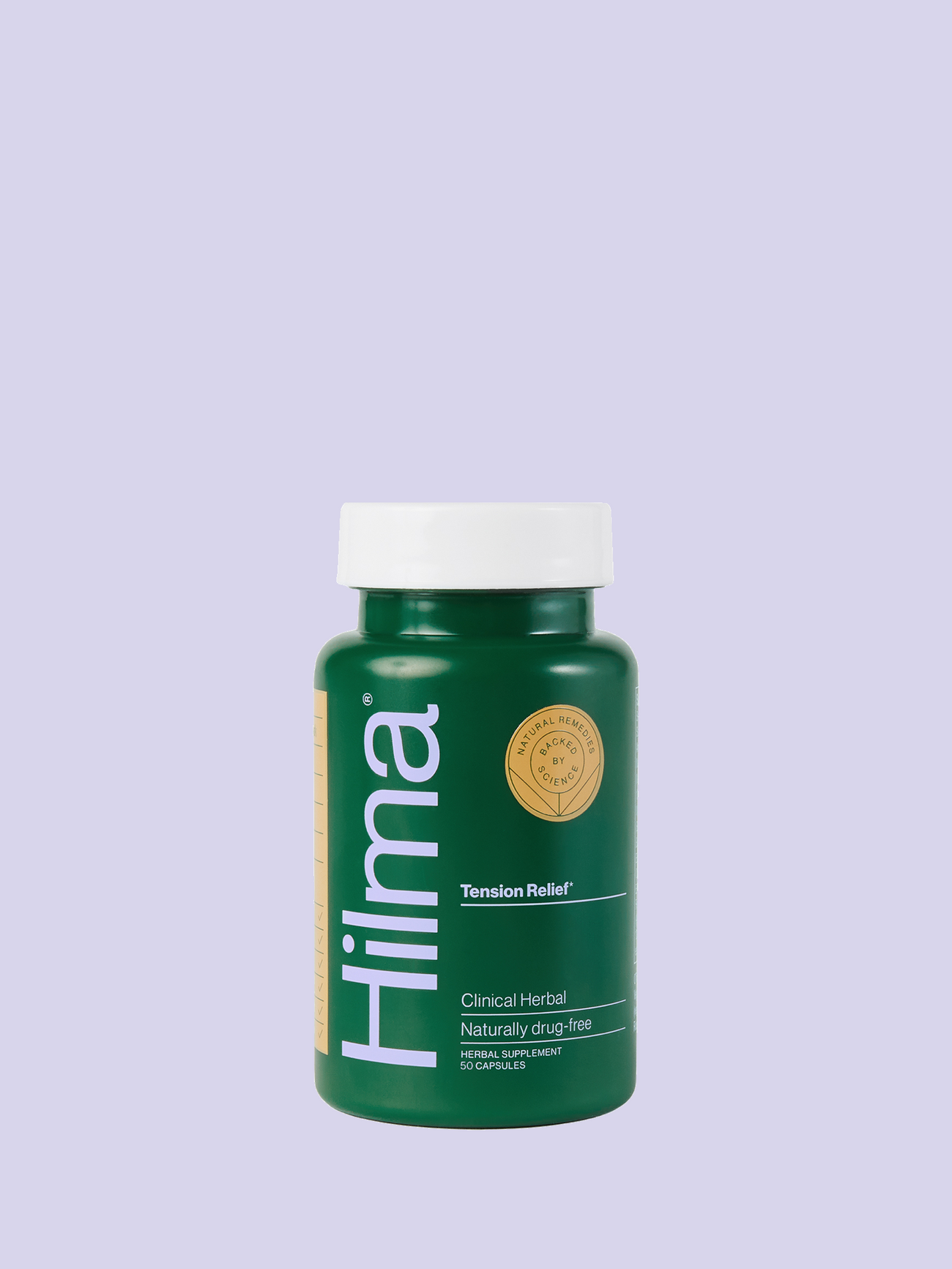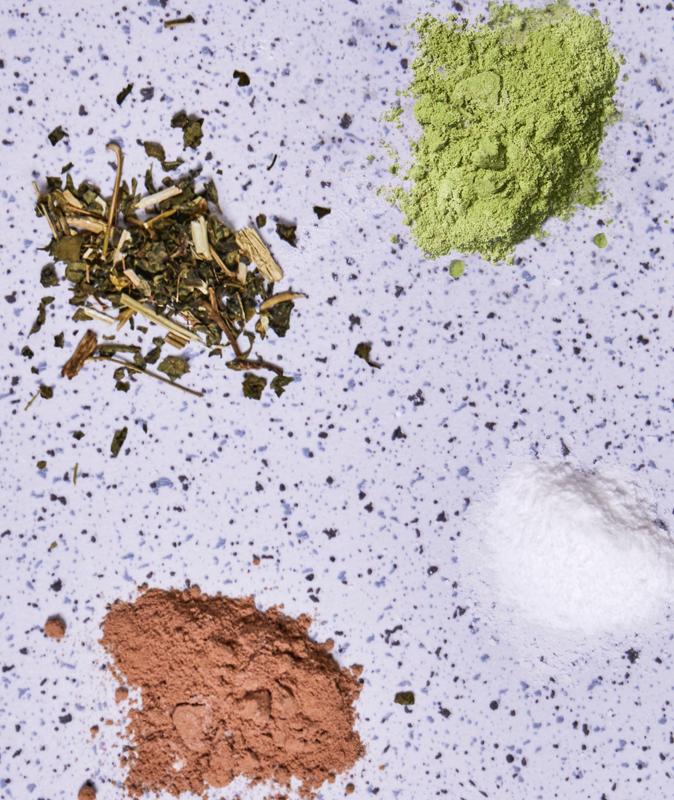
Headaches are among the most common and widespread of all ailments. According to the World Health Organization, almost half of the adult population has had a headache at least once within the last year. However, when the headache keeps coming back, it is then characterized as a headache disorder, which is still one of the most common disorders of the nervous system. In fact, the International Classification of Headache Disorders (ICHD) recognizes over 200 headache disorders. Of these, tension-type headache (TTH) is the most common primary headache disorder.
What are Tension Headaches?
TTH are further categorized into three types. Infrequent episodic TTH, occurring less than once a month, are not medically significant. This is the type that nearly all of the global population has experienced at some point. The others are frequent episodic TTH and chronic TTH (an unrelenting headache that occurs more than 15 days per month). A tension headache feels like pressure or tightness, often like a band around the head, sometimes spreading into or from the neck. Unlike other headache disorders, like migraines for example, tension type headaches don’t often have a specific feature - they can be mild to painful, short to prolonged. But they can be associated with neck pain, as the pain shoots up and down the cervical area.
Who Gets Tension Headaches?
Given how widespread these headaches are, just about anyone can get them, including children and the elderly. It seems to affect more women than men, and there are a host of triggers and reasons for getting a tension headache. Stress, sleeping on a hard pillow or a room that’s too cold, and a stiff neck can all lead to a tension headache. Studies show that half of individuals who have either TTH or migraines also have insomnia. Poor sleep quality and sleeplessness makes the frequency and intensity of these headaches worse. On the flip side, having a headache can interfere with getting a good night’s rest, so clearly there is a link between good sleep quality and reduced headaches. Research on magnesium’s role in migraine disorders also suggests that some people who have a deficiency in magnesium may be more prone to getting headaches, including TTH. Ironically, people who overuse headache medicines such as OTC analgesics may also get a headache known as ‘medication-overuse headache.’ So clearly, many people are susceptible to getting a tension headache - and there are ways to manage this literal pain-in-the-neck without the drugstore analgesic.
How do People Relieve Tension?
Most people tend to self-manage the occasional tension headache. There are some ways to reduce the intensity of the pain, as well as manage one’s tolerability. Non-pharmacological treatments range from drinking more water to massage and acupuncture. Herbals are becoming more popular these days, and there are studies that support some for tension relief. A 2012 guideline co-published by the American Academy of Neurology and the American Headache Society cited butterbur as a Level A recommendation to reduce the frequency and severity of migraines. Level B recommendations included feverfew, magnesium and OTC analgesics.
What is Magnesium's Role in Tension Headaches?
Magnesium's role in migraine disorder is well-described in the scientific literature. It’s involved in pain perception, neurotransmitter release and platelet aggregation, which are all features of migraine headaches. It may even serve as an adequate prophylactic - to prevent headaches. The issue is knowing whether someone is truly magnesium deficient. A routine blood test will not tell you how the body’s stores of Mg2+ are doing. Therefore, a clinician should ask different questions to ascertain whether someone may be low on magnesium, such as PMS, cold hands and feet, and leg cramps. According to research, daily magnesium supplementation with 400mg of chelated magnesium, magnesium oxide or slow-release magnesium may reduce deficiencies and thus help with headaches. But don’t overdo it. Magnesium, as with the rest of the electrolytes, is in fine balance in our bodies. Magnesium citrate has a laxative effect. Of all the forms of magnesium, magnesium glycinate is least likely to cause diarrhea.
Lifestyle Tips to Relieve Tension Headaches
While dietary routes may be best, there could be other ways to relieve a tension headache - or even prevent one from happening.
- Sleep 7-8hrs at night - sleep is the brain’s way of clearing out its toxins, so make sure you get plenty of quality sleep.
- Biofeedback and cognitive behavior therapy - this can have a profound effect on developing better coping strategies and managing pain symptoms
- Physiotherapy - stretching the neck muscles, getting a massage and doing yoga can help alleviate tension headache.
- Work on reducing stress - since stress is a trigger, find a way to quickly relax your mind and mody, such as deep breathing exercises
We can’t always prevent a tension headache, just like we can’t prevent stress from happening. But we can be more proactive and mindful in how we cope with pain and what we take internally to manage our everyday aches.
Interested in learning more about herbal remedies for tension relief?
Read more about White Willow Bark, Boswellia, and Magnesium.
Disclaimer: This information is for educational purposes only and should not be taken as medical advice. Please consult a physician before treating any disorder.




